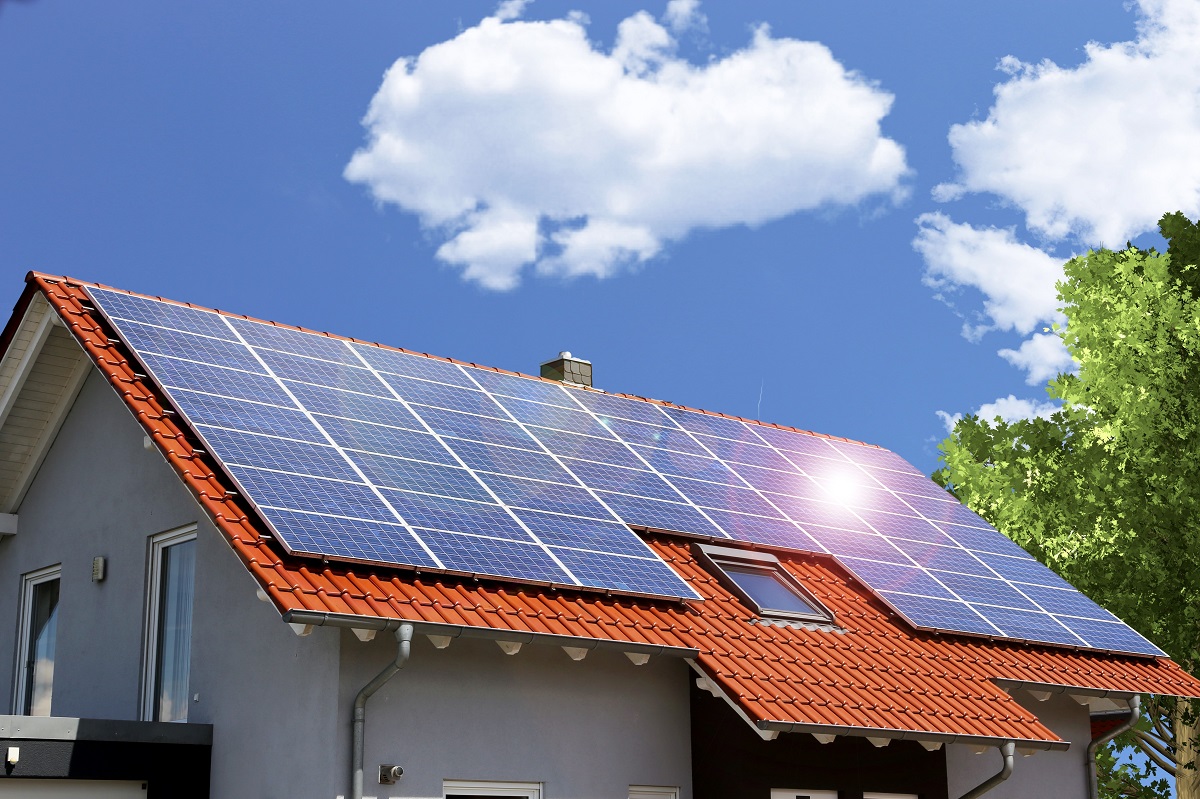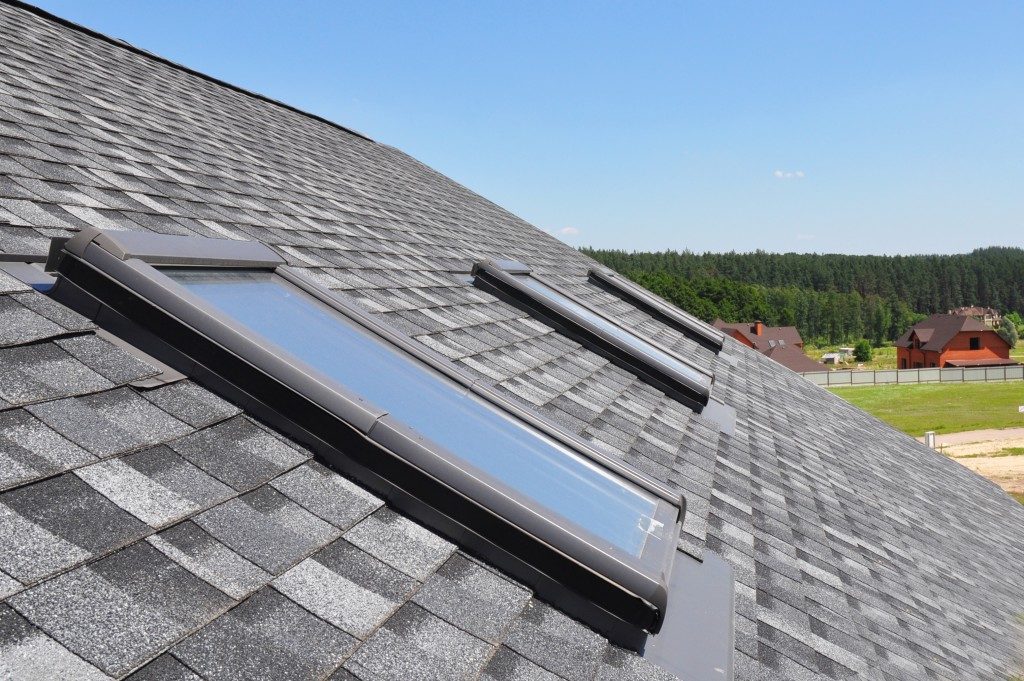Most areas worldwide are experiencing food insecurity. This is primarily attributed to climate change, the effects of which are felt in most places. One of those effects is plant growth. Investing in the food sector might earn you a tidy buck if you are more able to control some environmental features to suit the plants you are growing. This generally means getting a greenhouse in which you can grow your crops. Several elements are taken into account when choosing a greenhouse.
The style you choose for your greenhouse will determine the amount of food you will harvest and how well you will control its environment. Polycarbonate roofing sheets for greenhouses in the UK should be your first choice. These allow the maximum infiltration of environmental elements into your greenhouse and guarantee healthy plants. After getting the best roofing sheets, you should choose the roofing style of your greenhouse.
A retractable roof is among your best choices since it will not limit your structure’s size and has no restrictive capacity on mechanical ventilation systems. This way, you have fewer “edges” in your growing area as well as standard results for your crops.
Open-Plan Systems
Open-panel greenhouses have their roofs hinged at the gutters. These allow you to raise the roof to a vertical position. You can opt to leave some sections of your roof open, and the others closed as need be.
When closed, open-panel systems function like standard covered greenhouses. If you need additional cooling and light control, you can have a retractable shading system installed above your roofing panels. When using plastic roofs, both sides of the panels should be UV-treated.

Flat Roof Systems
These have no trusses, which results in reduced installation, glazing, material, and structural costs. Moreover, the glazing in flat roof systems will allow rainwater to pass through and irrigate the crops. As such, these roofs cannot be used when growing plants that are negatively affected by rainfall or ice and snowstorms.
Flat roof systems will generally be used for shading your crops in summer, fall, and spring as well as protection from the cold in winter. They will also suffice for protecting your plants from unseasonal or unexpected frost, cold, and heat.
Low-Profile Systems
These can be saw-tooth style or low-pitch roofs over wide spams. Low-profile roofs feature specialized glazing with small channels that direct melted precipitation and rainfall to gutters. The primary advantage of these roofs is the limited post number needed to support them. You will, however, invest in costly energy trusses for a low-profile roof to withstand average snow loads and wind.
Rolling-Roof Systems
These are perhaps the oldest design of retractable greenhouse roofs. Rolling roofs often have bows that will mount to the lattice trusses that span each bay. The end walls of rolling roofs are usually covered with double-layered or single polycarbonate sheets that can be retracted using a motor.
The above retractable roofs can be used for the basic protection of your plants or as complete crop production systems. They will be used together with folding or stationary curtains and insect screening. The retractable roofing systems will give you the best of both worlds with natural and protected growing environments.

